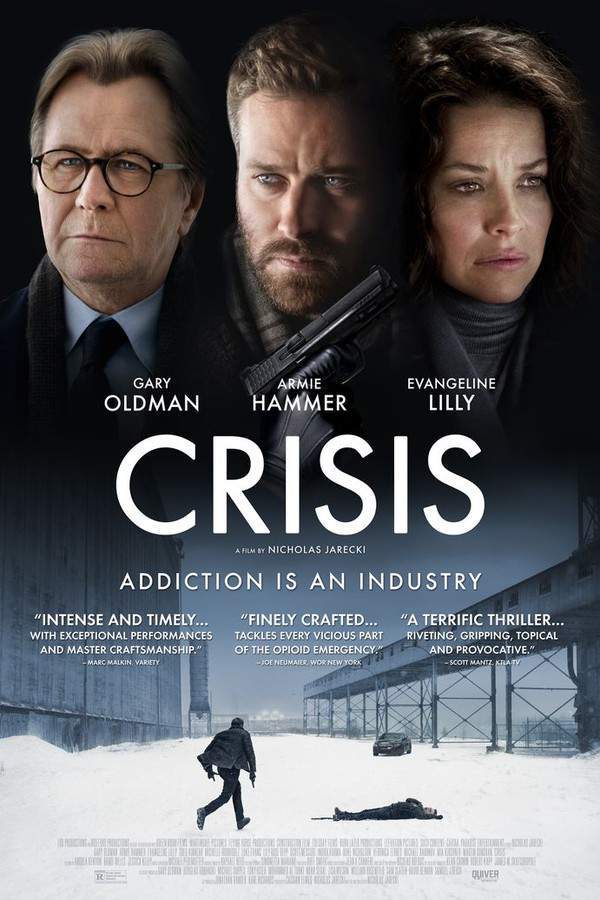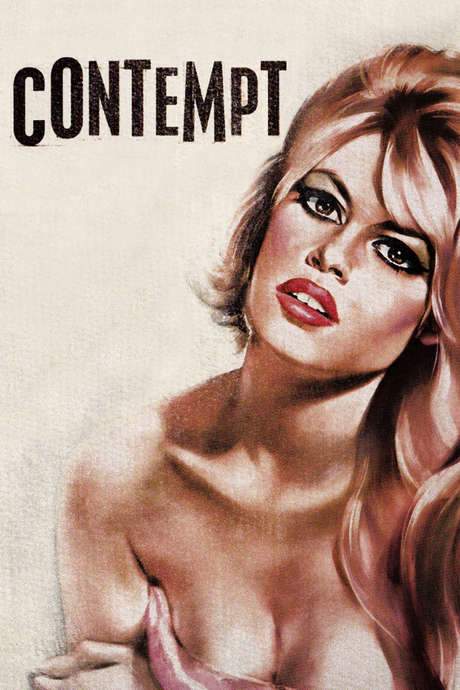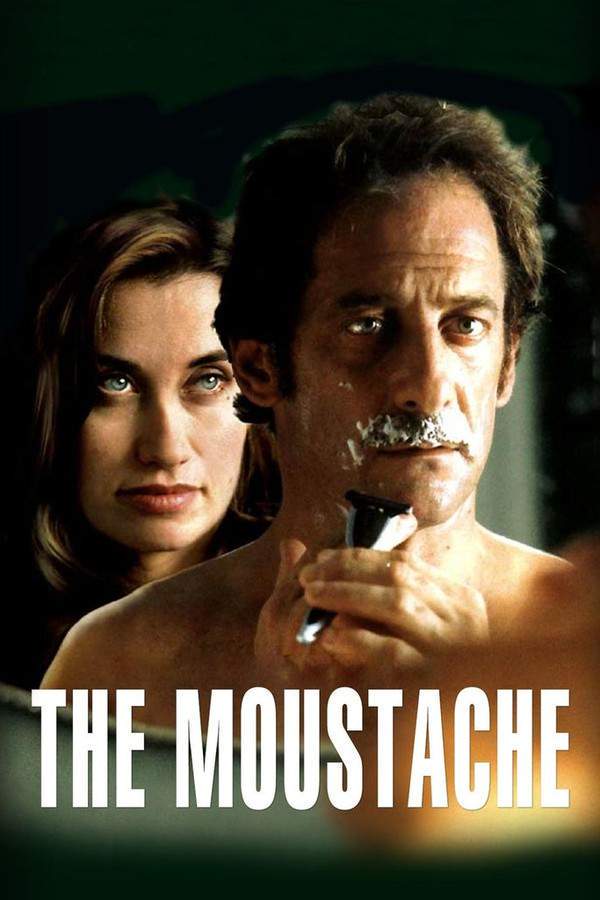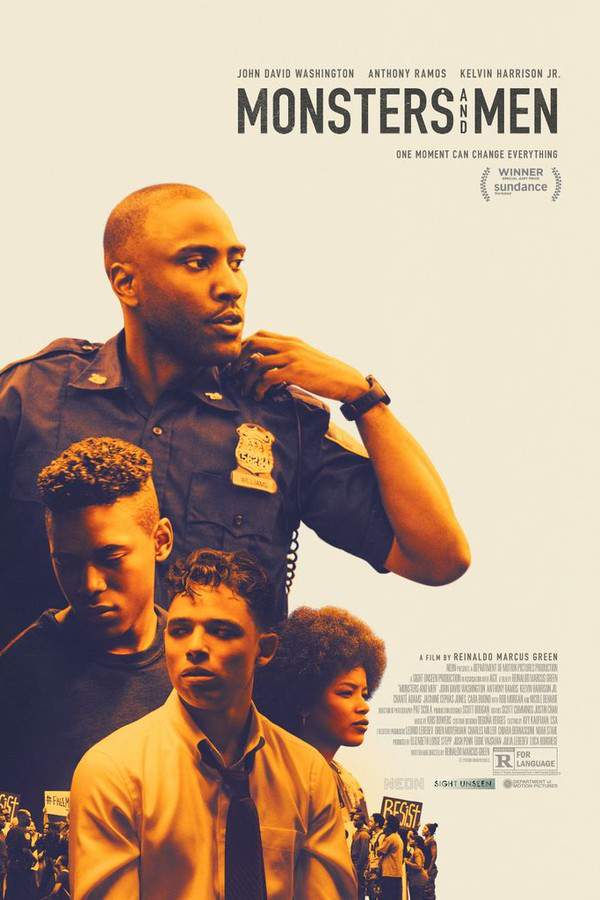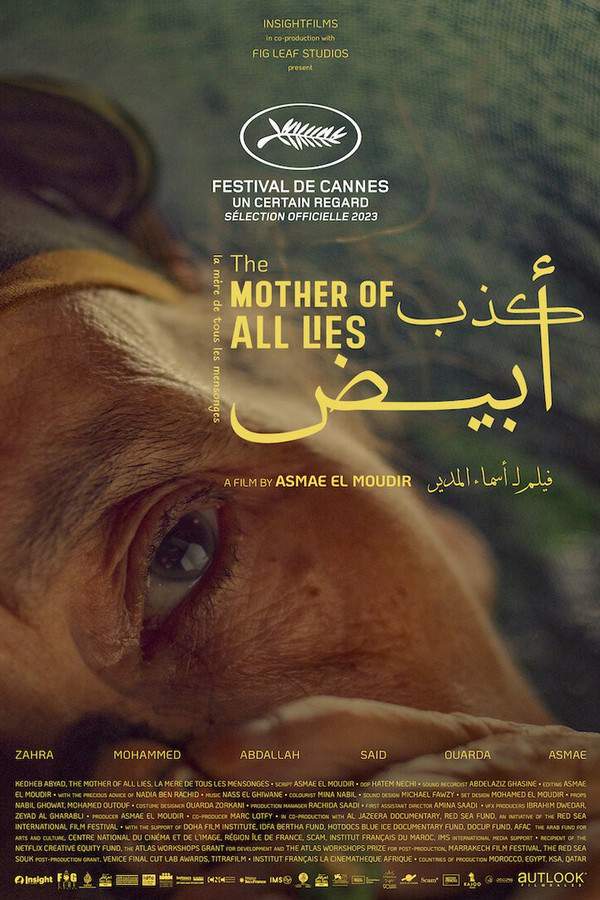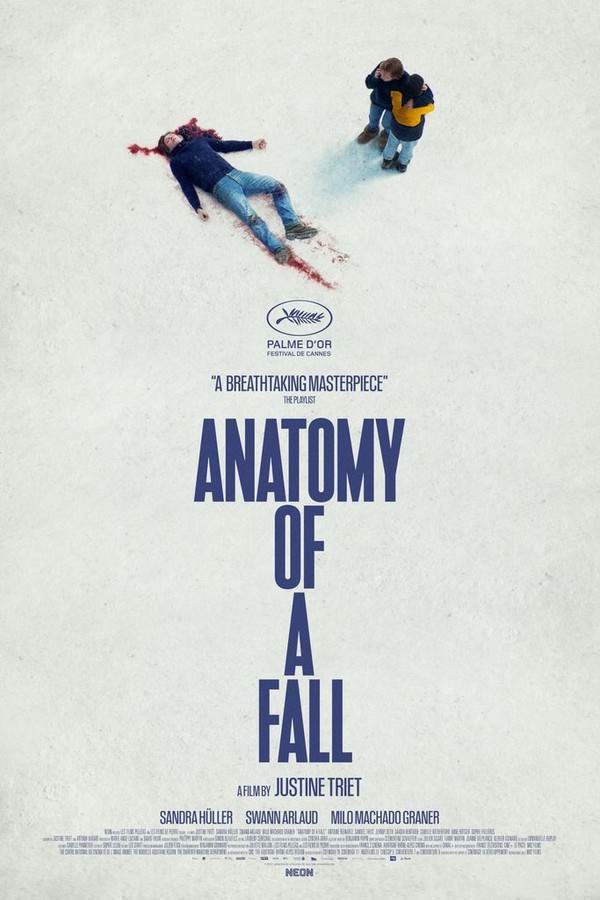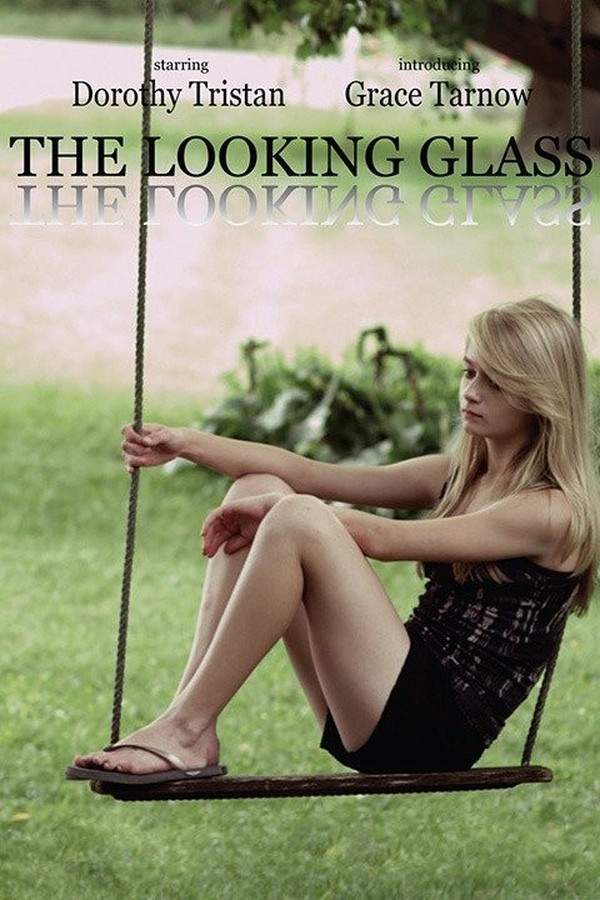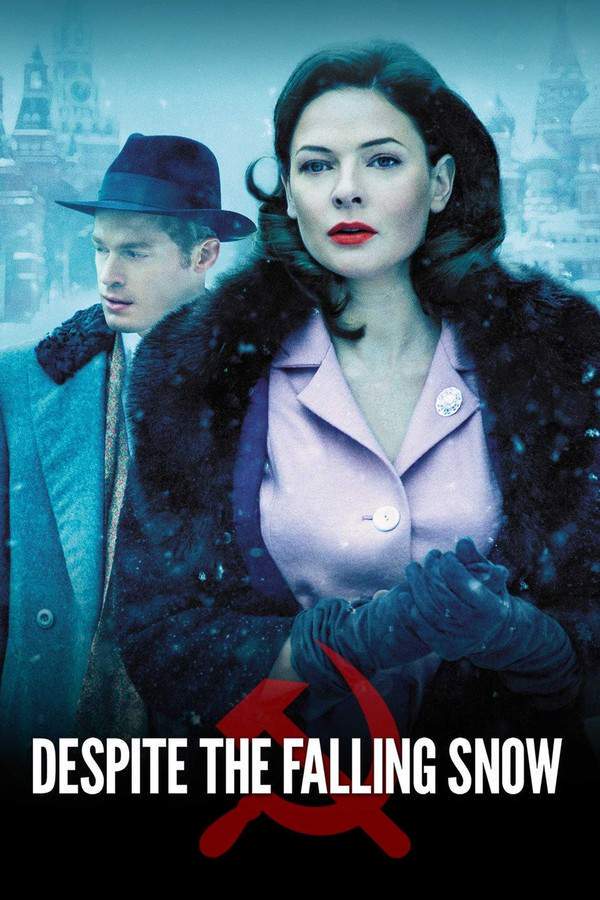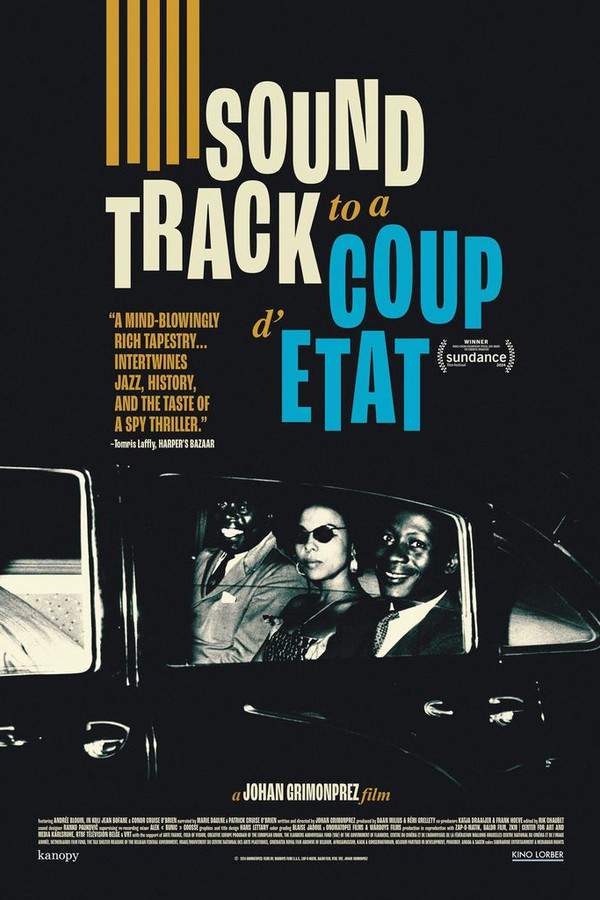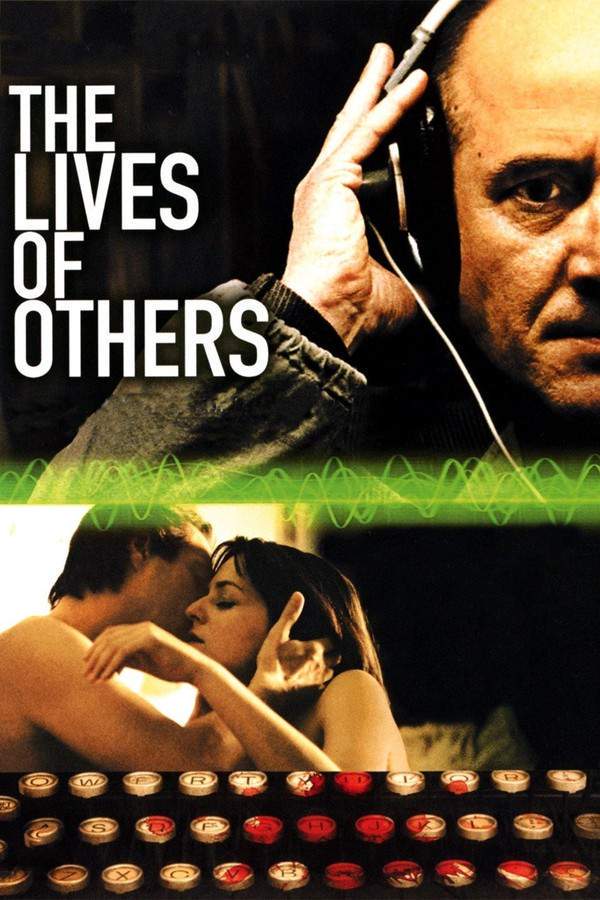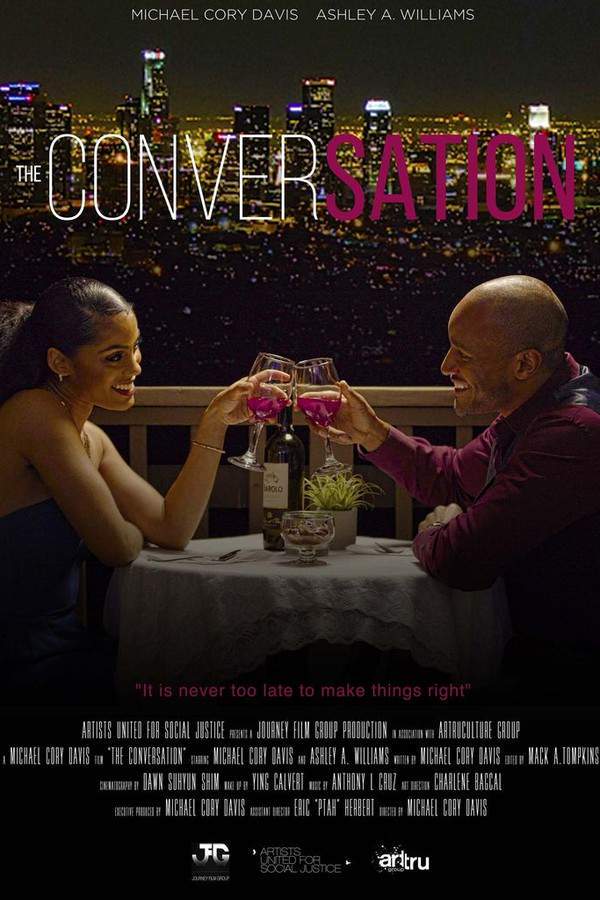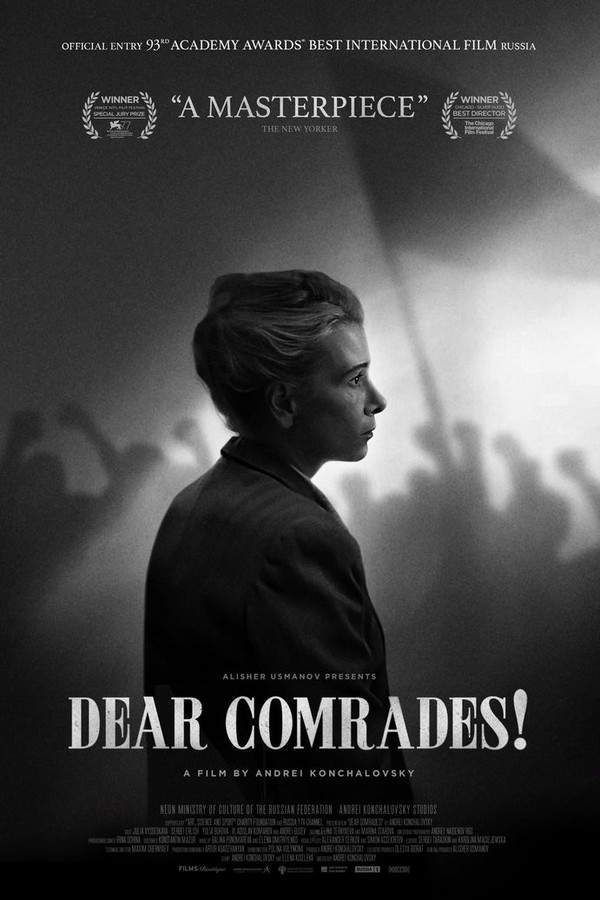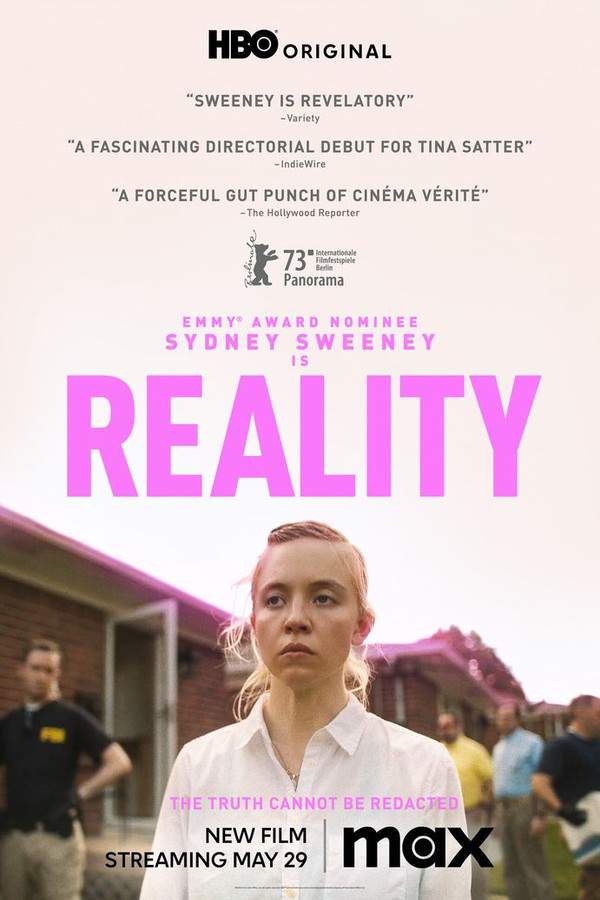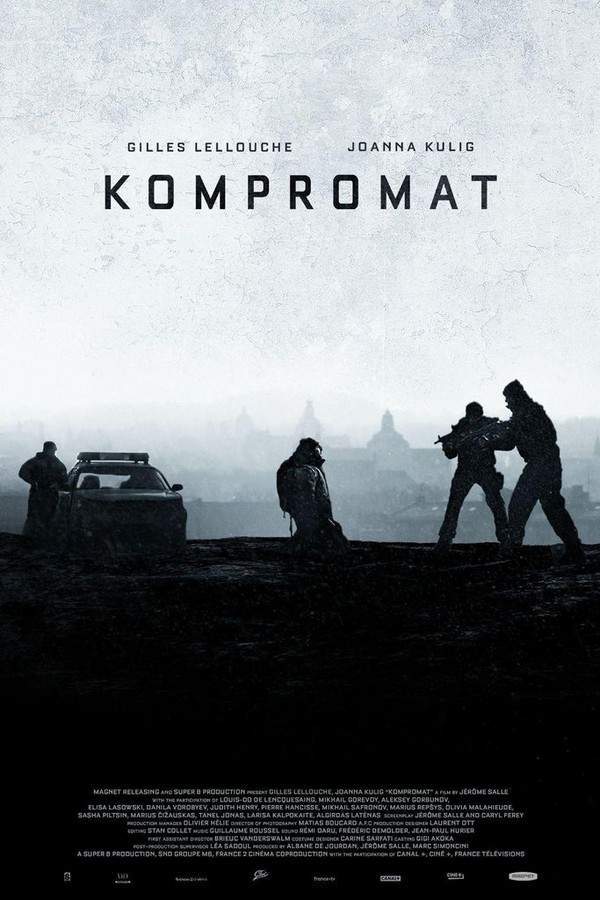
The Murderers Are Coming
Year: 1942
Runtime: 64 mins
Language: Russian
Directors: Vsevolod Pudovkin, Yuri Tarich
Brecht’s Fear and Misery of the Third Reich is constructed as a succession of short playlets that starkly portray National Socialist Germany in the 1930s as a realm of poverty, violence, fear and pretence. The work highlights Nazi antisemitism through several sketches, notably “The Physicist,” “Judicial Process,” and “The Jewish Wife.”
Warning: spoilers below!
Haven’t seen The Murderers Are Coming yet? This summary contains major spoilers. Bookmark the page, watch the movie, and come back for the full breakdown. If you're ready, scroll on and relive the story!
The Murderers Are Coming (1942) – Full Plot Summary & Ending Explained
Read the complete plot breakdown of The Murderers Are Coming (1942), including all key story events, major twists, and the ending explained in detail. Discover what really happened—and what it all means.
The film paints a nuanced portrait of two Germanys, weaving together multiple vignettes to illuminate the moral tensions and human costs that arose under Nazi rule. Rather than presenting a single narrative arc, it composes a mosaic of everyday moments, small decisions, and quiet fears that collectively reveal how ordinary people navigated loyalty, pressure, and danger within a society consumed by war and ideology.
In one thread, a group of drunken soldiers from the Third Reich wanders through unfamiliar streets, droning about national unity. Their mood shifts from swagger to panic when an old man peeks from a window, and in a swift, shocking moment they shoot him before fleeing into the night. The sequence lingers on the sudden, senseless violence that can erupt from bravado and fear alike, setting a tone of unsettled moral weather throughout the film.
Another strand centers on a woman who receives a “gift from the Führer” as part of the Winter Relief Program—potatoes, apples, and five marks—despite having already given much more through charitable donations. The gesture sits awkwardly against the backdrop of rising prices and a pregnant daughter who resents the donation, underscoring the political theater of scarcity and loyalty. When soldiers invade the woman’s home, tension rises, and the mother, in a moment of defiant helplessness, hurls a piece of the gifted fruit as a quiet act of resistance.
A separate thread follows a young couple, Anna and Theo, who spar over their strained finances and the grim reality of life under Hitler. Theo minimizes Anna’s worries even as the weight of the regime presses in. Suspicion begins to shadow their days, and Anna notices chalk marks on her back—an eerie sign of surveillance—prompting her to warn her brother Franz about possible danger. This thread captures the claustrophobic fear of being watched and the way intimate relationships strain under political pressure.
The film then broadens its scope to explore a conflicted family and a working-class world trying to endure war’s brutality. A husband and wife fear repercussions after their son, a member of the Hitler Youth, reads aloud from accounts of executions, only to return home with candy, dissolving the immediate danger with a small domestic moment. Nearby, a factory worker’s wife, grieving her brother’s death on the Eastern Front, repeats unsettling rumors about German pilots allegedly shooting parachuting comrades to protect sensitive information. Her anguished, anti-regime remarks shock her neighbors and husband, highlighting how fear, rumor, and grief ripple through neighborly life.
Across the snow-swept fronts of the Soviet Union, another set of scenes follows three looters who abandon a wounded comrade. When they realize they’ve left stolen goods with him, two return to find only sled tracks and the absence of their partner. Haunted by these traces, they attempt to flee but encounter Soviet partisans, who challenge their fear and complicity. In a final act of defiance, a captain attempts to overpower a female partisan but is fatally shot, leaving the partisans to recover their wounded prisoner. The sequence sharpens the film’s sense of moral ambiguity in a landscape where control, survival, and resistance intersect in painful ways.
Throughout these interwoven stories, the film interrogates themes of loyalty, fear, complicity, and resilience. It presents characters who face moments where ordinary choices carry heavy consequences, and where the line between complicity and courage can blur under the pressure of war, propaganda, and the ever-present gaze of surveillance. There are no easy answers here—only a careful, patient portrait of people trying to do what they can to endure, protect those they love, and preserve a sense of humanity when the world around them seems to have shifted beyond recognition.
Featuring performances by Ada Vojtsik, Oleg Zhakov, Boris Blinov, Sofiya Magarill, Olga Zhizneva, and Mikhail Astangov.
Last Updated: October 09, 2025 at 11:19
Explore Movie Threads
Discover curated groups of movies connected by mood, themes, and story style. Browse collections built around emotion, atmosphere, and narrative focus to easily find films that match what you feel like watching right now.
Mosaic Societal Dramas like The Murderers Are Coming
Interwoven stories revealing the fabric of a society under extreme pressure.This collection features movies like 'The Murderers Are Coming' that use an interwoven, vignette-based structure. If you appreciated how it portrayed Nazi Germany through multiple perspectives, you'll find similar ensemble narratives exploring life during other historical upheavals, political oppression, or societal collapse.
Narrative Summary
Narratives in this thread are typically non-linear, composed of multiple short stories or perspectives that connect thematically rather than through a single protagonist's journey. The plot unfolds through cumulative effect, revealing the broader state of a world or community by focusing on intimate, everyday moments of fear, resistance, and survival.
Why These Movies?
Movies are grouped here because they share a specific narrative architecture designed to explore systemic issues from the ground up. They prioritize a collective emotional and thematic impact over a singular plot, creating a powerful, layered understanding of a fractured society.
Dramas of Moral Complicity like The Murderers Are Coming
Stories exploring the quiet compromises and fear of living under tyranny.If you were captivated by the psychological tension and moral dilemmas in 'The Murderers Are Coming,' this list curates similar films. Discover stories that explore the weight of fear, surveillance, and the difficult choices people make to survive under authoritarian regimes or in morally corrupt environments.
Narrative Summary
These stories often follow characters who are not outright revolutionaries but are trapped in systems demanding their compliance. The central conflict is internal and external, focusing on the tension between self-preservation and moral integrity. The narrative builds a claustrophobic atmosphere where every interaction is laden with potential danger and ethical compromise.
Why These Movies?
These movies are united by their intense focus on the domestic and psychological landscape of oppression. They share a heavy, tense mood, an oppressive atmosphere, and a deep interest in the grey areas of morality when survival is paramount.
Unlock the Full Story of The Murderers Are Coming
Don't stop at just watching — explore The Murderers Are Coming in full detail. From the complete plot summary and scene-by-scene timeline to character breakdowns, thematic analysis, and a deep dive into the ending — every page helps you truly understand what The Murderers Are Coming is all about. Plus, discover what's next after the movie.
The Murderers Are Coming Timeline
Track the full timeline of The Murderers Are Coming with every major event arranged chronologically. Perfect for decoding non-linear storytelling, flashbacks, or parallel narratives with a clear scene-by-scene breakdown.

Characters, Settings & Themes in The Murderers Are Coming
Discover the characters, locations, and core themes that shape The Murderers Are Coming. Get insights into symbolic elements, setting significance, and deeper narrative meaning — ideal for thematic analysis and movie breakdowns.

More About The Murderers Are Coming
Visit What's After the Movie to explore more about The Murderers Are Coming: box office results, cast and crew info, production details, post-credit scenes, and external links — all in one place for movie fans and researchers.


